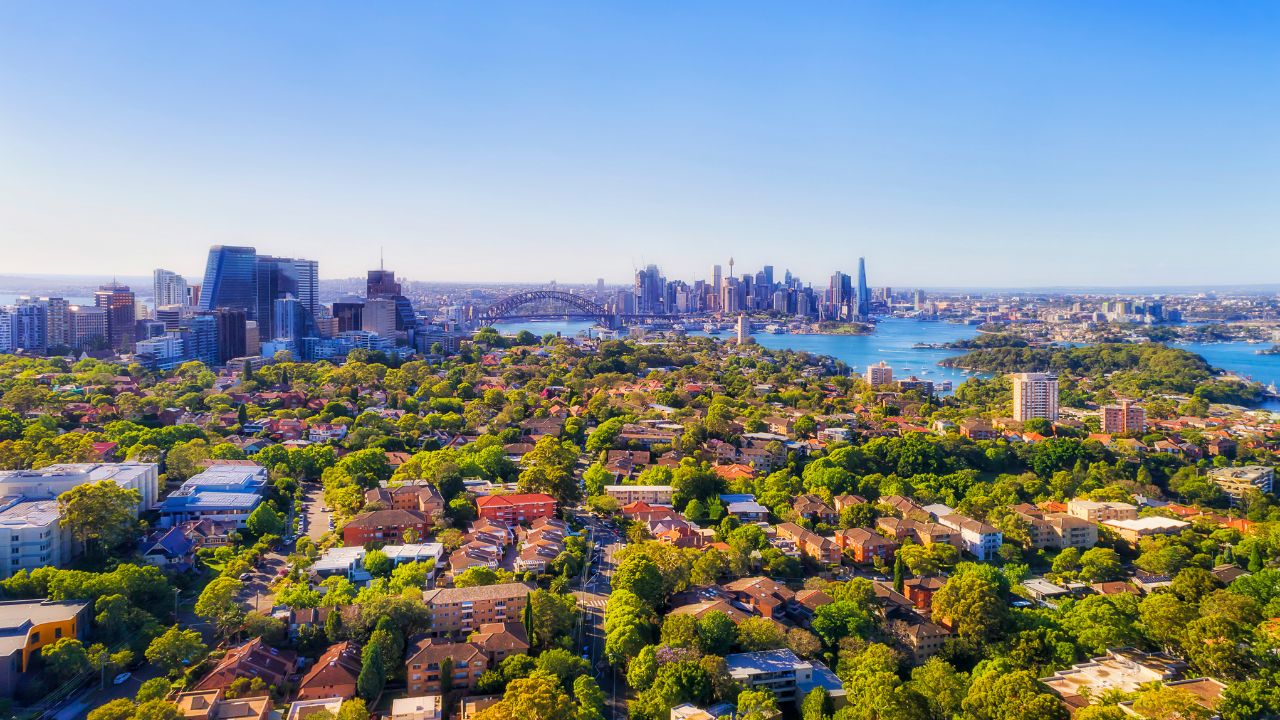Sydney’s property market is witnessing significant change, driven by affordability, lifestyle needs, and demographic shifts.
Domain’s Matching Demand report highlights strong interest for higher-density living options, particularly units, influenced by affordability concerns and a growing ageing population.
“Much of the data revealed in this report reflects the ongoing transformation of Sydney’s housing market… Australia’s ageing population is another key factor driving unit demand, particularly among downsizers,” said Dr Nicola Powell, Domain’s Chief of Research and Economics.
Census data shows that 19% of Sydney residents over 65 already live in apartments, and this figure is expected to rise, reshaping the property landscape.
The report shows that house searches continue to dominate in areas up to 30 km from the CBD, where urban expansion meets affordability. In contrast, unit searches decrease with distance but maintain strong demand in inner-city areas due to limited space and the appeal of city living.
Townhouses, which balance space and value, are emerging as a strong alternative with broad geographic interest. However, their limited availability contributes to stock imbalances in various areas, including Pennant Hills-Epping.
Dr Powell added that townhouses reflect a strong appeal because “they balance space and value,” becoming more relevant as they cater to both urban and suburban interests.
“Search trends prove townhouses are the future… buyers are willing to pay more than seller expectations, particularly in the outer suburbs.”
Price mismatches between buyer expectations and listing prices are most pronounced near the CBD, with premium areas like the Eastern Suburbs-North showing listing prices up to $1.85 million higher than what buyers are searching for—a significant 61.7% gap.
This highlights the affordability challenges for those looking to buy in high-demand regions. For townhouses, prices align with buyer searches earlier, usually beyond 20 km from the city, demonstrating their appeal as a cost-effective alternative. Unit prices align even closer to the city, at about 10 km, reflecting a growing willingness among buyers to pay more in middle and outer suburbs.
The report also underscores how feature preferences change based on distance from the CBD. Urban buyers often seek compact, functional spaces with features such as studies and balconies, which maximise city living.
Meanwhile, in suburban and semi-rural areas, practical features such as garages, granny flats, and proximity to schools become top priorities. The report indicates that garages are particularly important in outer suburbs where reliance on cars is higher due to less access to public transport.
As Sydney’s population ages, demand for units is expected to rise, further driven by downsizers looking for manageable, lifestyle-focused living options.
Dr Powell noted: “As this population segment grows, demand for units is expected to rise,” pointing to a demographic shift that continues to influence market trends.

